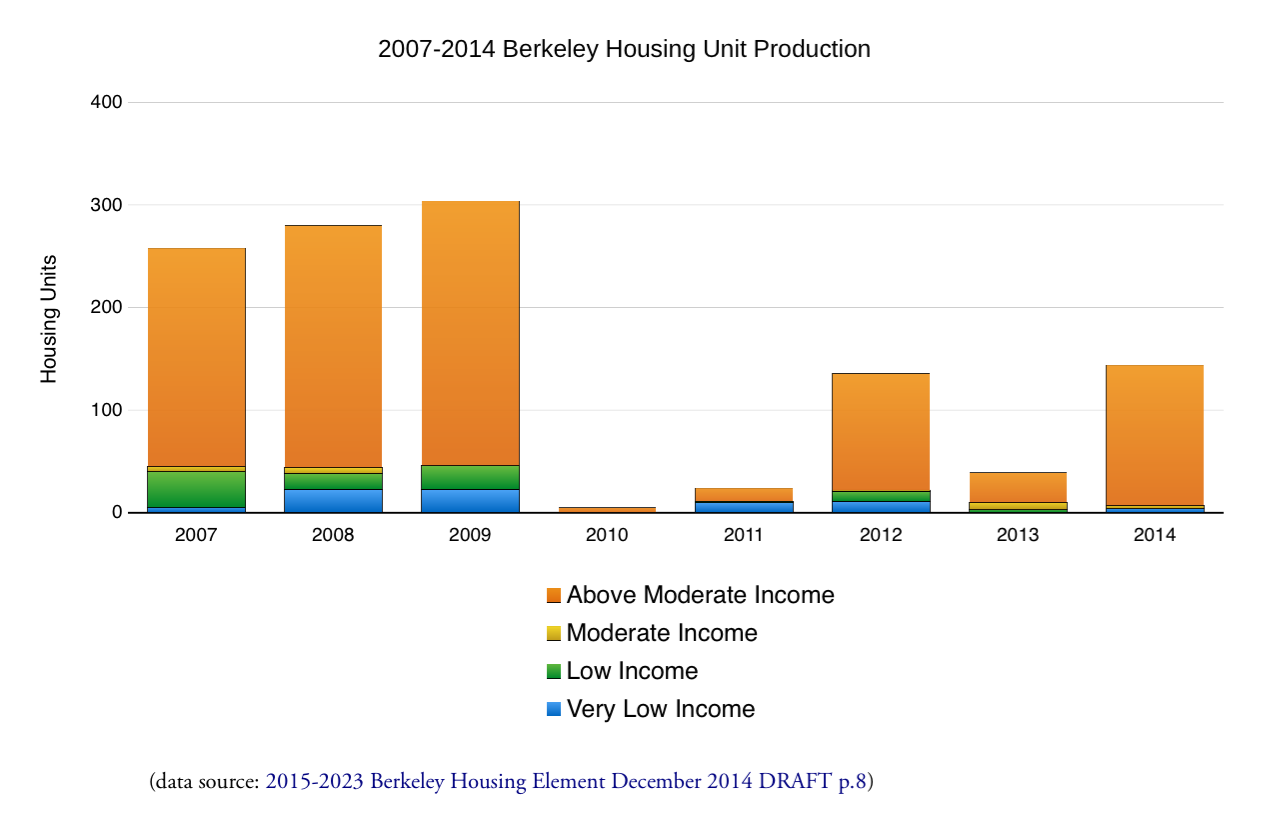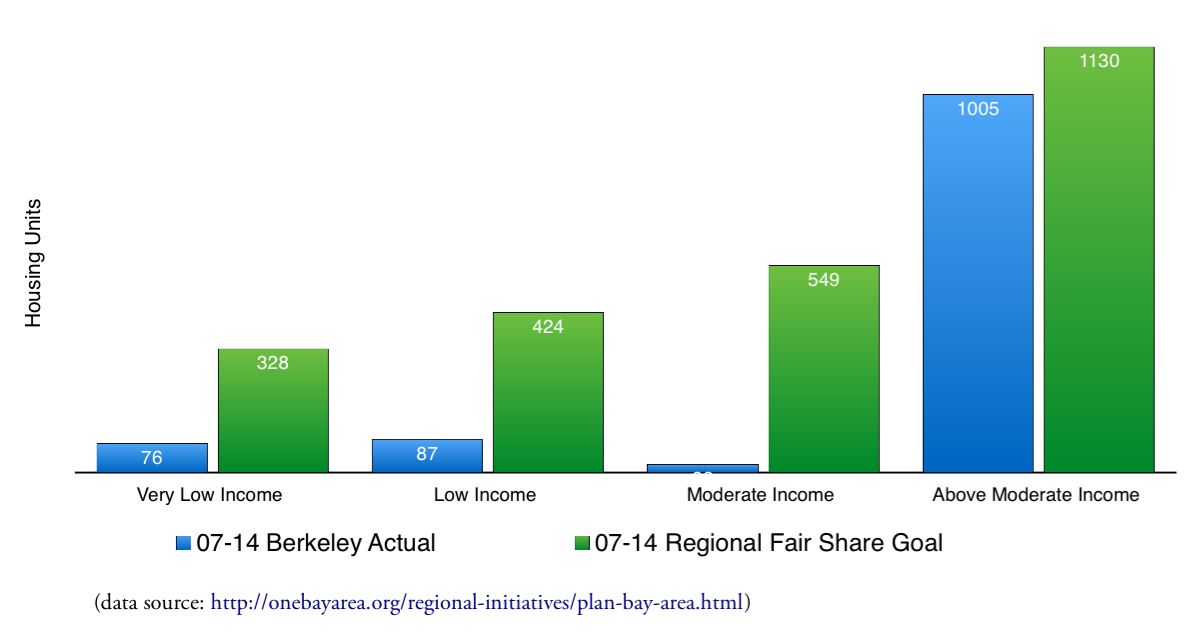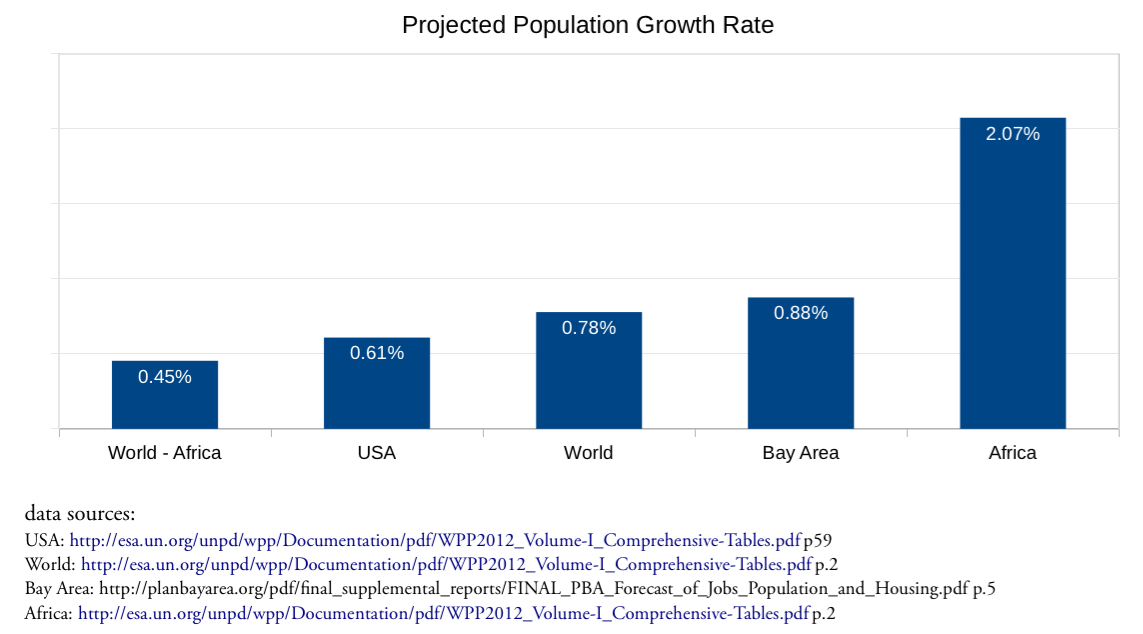It now appears that a City Ambassador unlawfully attacked two men in Downtown Berkeley and moreover the Ambassador and the Berkeley Police misled both the public and the court as to what had transpired.
We know this now because of two well publicized videos. In the first video we see the attack. In the second, we see the Berkeley police being informed of the first video's existence: a fact they would later deny knowing.
Whatever mission the Ambassadors and the Berkeley Police believe themselves to be on, apparently it transcends such virtues as truth and law and public trust.
I want to talk to you about how this appalling situation came to pass and what we can do it about.
This is not an anomaly
John Caner has told the public this is some sort of bad apple situation. He has promised to investigate the "training and hiring practices" of the ambassador program.
I say NO! There is something much more dangerous going on here. Caner's remedy completely ignores the real problem. He is making things worse!
This is no bad apple situation. This is the necessary and inevitable outcome of an anti-homeless drum-beat that has gone on for some time in Berkeley. The Ambassadors and the police, behaving violently and unlawfully against the weak, are very much expressing what is asked of them by the politically powerful in Berkeley.
Let's talk about where we are, how we got here, how we get out, and where we can go that is better.
Official Cynicism
In 1890 the drafters of the new constitution of the state of Mississippi expressed a sudden and profound interest in the literacy of the state's voters. They led the nation in imposing a literacy test on the right to vote.
Of course, in truth, the drafters wrote cynical, untruthful legislation. In person the conventioneers were more honest: "We came here to exclude the negro. Nothing short of this will answer," declared S. S. Calhoon from that dais at the convention.
More recently, maybe you have heard that this past week the Governor and legislature of Indiana took a sudden interest in the religious liberties of business operators. In Indiana they legislated dishonestly. Within hours of passing a new law for religious freedom, already signs appeared on businesses: "Jesus says: No Gays Allowed".
In Indiana they legislated religious freedom but in truth they were there to exclude homosexuals. Nothing less would do.
I would claim this is precisely the same sort of cynicism we see when Linda Maio, Jesse Arreguin, and the Downtown Berkeley Association put forward legislation ostensibly aimed at restoring so-called "civility" to downtown.
Mississippian S. S. Calhoon could pretend to care that voters should pass a test of their knowledge. Governor Pence in Indiana could pretend he cared about a highly abstract concept of religious freedom. Yet both spoke untruthfully and here in Berkeley we are no better.
Council may pretend to have a deep concern about protecting parking meters from panhandlers, or about people using our wide-rimmed planters to stretch out, as the planters were designed to be used.
No: we know the truth. When John Caner proclaims from the podium: "If you look at Berkeleyside, you see the comments" we know what comments he means. Berkeleyside is a forum that features abundant anti-homeless hate speech. A lot of speech aimed at excluding the homeless from society:
"If they are capable of all this to fight for their rights as this situation emerges to the public why aren’t they capable enough to band together for jobs and real help. We have tolerated them long enough, and already gave them two whole parks in Berkeley to take over."
"Looks like things may have come to an end today as city workers where throwing anything left on the street into a truck this morning after 7am, where the rowdiest of the homeless camp all day. Hate to say it but it is about time."
"Losers"
"Berkeley needs to adopt a policy of aggressive nonviolence towards the homeless with the idea of making it unpleasant enough that they will leave of their own accord. Regular rousting, confiscation of their junk, hosing of the sidewalks, etc would all be appropriate"
"I will buy you a bus ticket back there if you promise not to return until you have secured employment here that enables you to live in a hard sided domicile with an address."
It is not just the local news blog. During her campaign, Lori Droste answered a Downtown Berkeley Association questionaire with the frankness of a political rookie:
"Some best practices for reducing problematic street behavior include:
Public education to discourage panhandling and contribute to vouchers or homeless organizations.
Zero tolerance policies for anti-social and dangerous behavior."
We have the general picture, right? Panhandling is of course not only perfectly legal but it is a protected right under the U.S. Consitution. Thus, we will not outlaw panhandling but we will "educate the public" (a public that apparently excludes panhandlers) to "discourage" panhandling, while the state will concentrate on "zero tolerance" for "anti-social behavior".
(Personally, I think it is "anti-social behavior" to try to "educate" anyone not to help the poor directly, to their face, like a human being, but Ms. Droste apparently disagrees.)
We know the truth too, when Linda Maio takes to the airwaves to declare that we are here to exclude the homeless, even when she defensively notes that they'll still be permitted to skulk around downtown between 10PM and 7AM.
False Apologetics
In the list of vile quotes I offer above, I risk being accused of ignoring context. Many, perhaps most of the people quoted are very quick to insist: They do not mean to "criminalize the homeless". No, they want only to protect a nebulously defined "society" or even just "business" from the homeless. The most cynical part: they say their intent is to get the homeless into "help", at least those who otherwise refuse "programs".
People on the streets will tell you again and again, and in almost any city: These laws are meant only to create an excuse to harrass the homeless, to fine them, to send them to jail, to beat them, and to deny them the full and equal protection of the law.
There is no record of any homeless person being helped by having their belongings taken away and discarded.
There is no record of a single homeless person who refused help suddenly accepting help because of being cited for panhandling too close to an ATM.
We are all adults. We do not have to be cynical here. We know full well what is going on. Harrassment, begets tickets, begets weekends in jails and rotations through involuntary commitments. Nobody is helped. Rather, the state simply plays out its role as the designated vigilante squad of the politically powerful.
The Politicians Lose Control
When a Berkeley Ambassador, who has a reputation of similar incidents in the past, attacks and beats two men,
When the Berkeley Police collude to mislead the court and cover up his crime,
Each of these direct and indirect City employees is doing exactly the job they have been given.
This is the thing about cynical public policy:
The cynicism allows the politicians to save face even as their employees get the message and act out the true intent.
It is nauseating to watch Berkeley politicians feign surprise or outrage over this violent attack on two Berkeley residents and the subsequent coverup.
These were model employees doing the job they are given.
Before one Ambassador was fired (after video of his behavior emerged), earlier he was promoted, I am told. He was promoted in spite of repeated complaints about similar behavior in the past.
Malicious Practices
There is a historic precedent for the two-faced, false civility that promises to criminalize the poor in order to help them. Wikipedia tells us that "The Malicious Practices Act of 1933" in Nazi Germany gave rise to a memo from the Prussion Minister of Interior reading in part:
"...those to be considered A-Social are persons who demonstrate through behaviour towards the community, when may not in itself be criminal, that they will not adopt themselves to the community.
"The following are examples of asocial:
"Persons who through minor, but repeated, infractions of the law demonstrate that they will not adapt socialist state, e.g. beggars, tramps, whores, alcoholics with contagious diseases, particularly transmitted diseases, who evade the measures taken by the public health authorities."
For such persons the presecription was "protective custody," also known as a free one way train ticket to Dachau.
Arbeit Macht Frei, Berkeley?
Real Problems
Berkeley City Council has spent countless hours and too many legislative acts on questions such as whether or not it should be lawful to nap on a wide-ledged planter in the late morning; or whether 10 feet or 15 feet is too close to a parking meter to panhandle.
Berkeley City Council has not given such attention to deliberating the consequences of the global financial crisis of 2008. Or that of 2001.
Berkeley City Council yacks it up about how how poor people must be specially targeted for policing to protect businesses, yet out of the other side of its mouth council encourages high commercial and residential rents in hopes of winning development projects whose transfer taxes might help to paper over -- for just a few years -- decades of council neglect on infrastructure spending.
Berkeley City Council again and again acknowledges the inevitable inadequacy of social services to the problem of ending homeless yet never once...
...not once...
...not once has Council ever acknowledged the reality that we face a now permanent crisis. That there will always be people on the street, probably in large numbers, for as far as we can project into the future.
Never once has Berkeley City Council given serious consideration to the actual problem it faces.
A Theory of Civility
Here is a rule of thumb: The greater the stake each person has in sharing a space, the higher the level of civility that is likely to emerge.
It is a very simple idea.
Applied to Berkeley, it means that the economically privileged must recognize that people staying on the streets is a long term situation, not one that can be "fixed" or regulated out of sight.
As simple as this idea is, it is profoundly different from what Berkeley practices today.
Today we create policy as if the first and foremost beneficent goal were to assist people off the street. (Since we know this is fully impossible, this goal is untruthful; it is a cynical policy.)
What is the alternative?
We need policy to make the lives of people on the street less harsh for however long they will be there.
This is nearly the exact opposite of everything we do.
Lori Droste says we should educate the public not to give to panhandlers. NO! We should have signs that read:
"Visitors take note: BERKELEY WELCOMES PEACEFUL PANHANDLING."
Today the City and the commercial district property owners are as stingy as can be with public restrooms that people on the street can access (whether during business hours or in the wee hours of the morning). We should not have porta-potties, we should have a public bath that is open 24/7, staffed and attended.
Today the City moves to make it more difficult for people on the street to feed themselves while convening in the city's civic center. Instead, the City should be facilitating the well organized distribution of free food in our busiest districts.
Linda Maio remarked on KPFA and from that dais that she felt the homeless will tend to obey clear rules laid down for them.
I suggest she has not quite the right idea. The better idea is that all people tend to return genuine respect and civility when that is what is shown towards them



